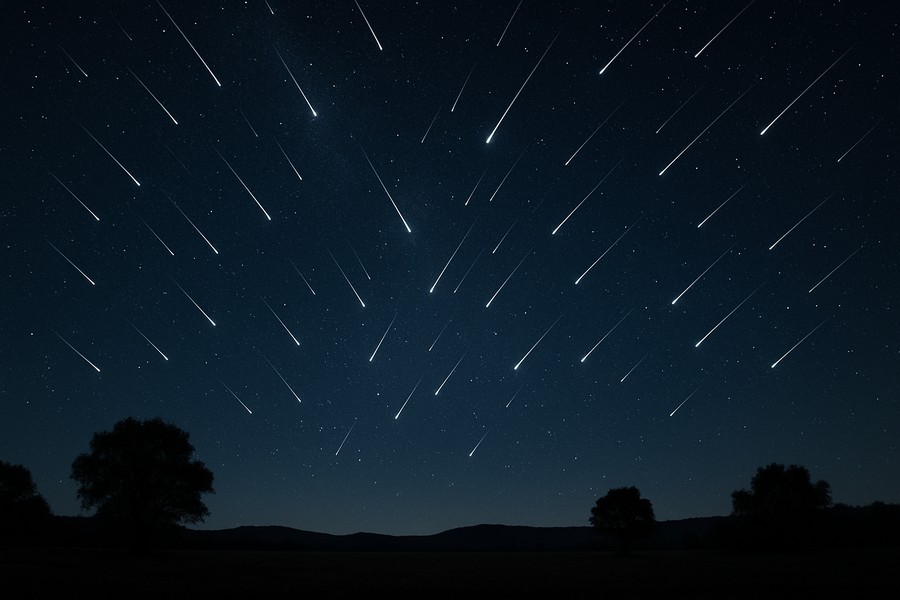
Orionid Meteor Shower Promises a Stunning Display
If you're a fan of the night sky, get ready for an incredible spectacle. The Orionid meteor shower is coming to its peak, and it's set to be an incredible show. The best part? The skies will be moonless and dark, making the event even more dazzling.
When to Watch the Sky
Get ready to stay up late, because the best time to see the spectacle is during the wee hours of the morning. The Orionid meteor shower will be most active overnight, offering up to 20 meteors an hour shooting across the night sky. What a sight that will be!
Long-Lasting Event
While the Orionid meteor shower peaks at a certain time, the show isn't just a one-night event. It lasts for several weeks, typically from late September to the end of November. This happens as our planet moves through the debris left behind by a famous comet.
Best Viewing Conditions this Year
This year, the viewing conditions are particularly perfect due to the arrival of the new moon, which means there will be no glare to hide even the faintest of meteors. This is a stark difference from the Perseids in August and Draconids earlier, which both had their view partially blocked by a bright waning moon.
Where and How to Watch
For the best view of the meteor shower, you'll want to find a spot away from city lights after midnight. Bundle up to stay warm in the cool night air, and give your eyes about 20-30 minutes to adjust to the darkness. It's recommended you lay back in a reclining chair, and scan the entire sky without the use of binoculars or telescopes, as these can limit your field of view.
The meteors will seem to originate from near Orion's red-orange star, Betelgeuse, but they can actually appear anywhere in the sky.
Fast and Bright Meteors
The Orionid meteors are known for being some of the fastest of the year, hitting Earth's atmosphere at an impressive 41 miles per second. Many of these meteors leave behind glowing trails that last for several seconds, and some even burst into bright fireballs that can be seen from suburban areas.
On an average year under ideal conditions, spectators can anticipate seeing 10 to 20 meteors per hour. However, there have been instances where this rate has surged during rare outbursts.
The Origin of the Orionids
Interestingly, the Orionid meteors originate from the dust left by Halley's Comet. This famous comet last passed Earth in 1986 and is expected to return in 2061.
The comet leaves behind tiny grains on its 76-year orbit that Earth encounters twice a year. This occurs once in May for the Eta Aquariid shower, and again in October for the Orionids. Each meteor is actually a grain of comet dust burning up in the upper atmosphere, providing viewers a fleeting glimpse of one of history's most well-known comets.
